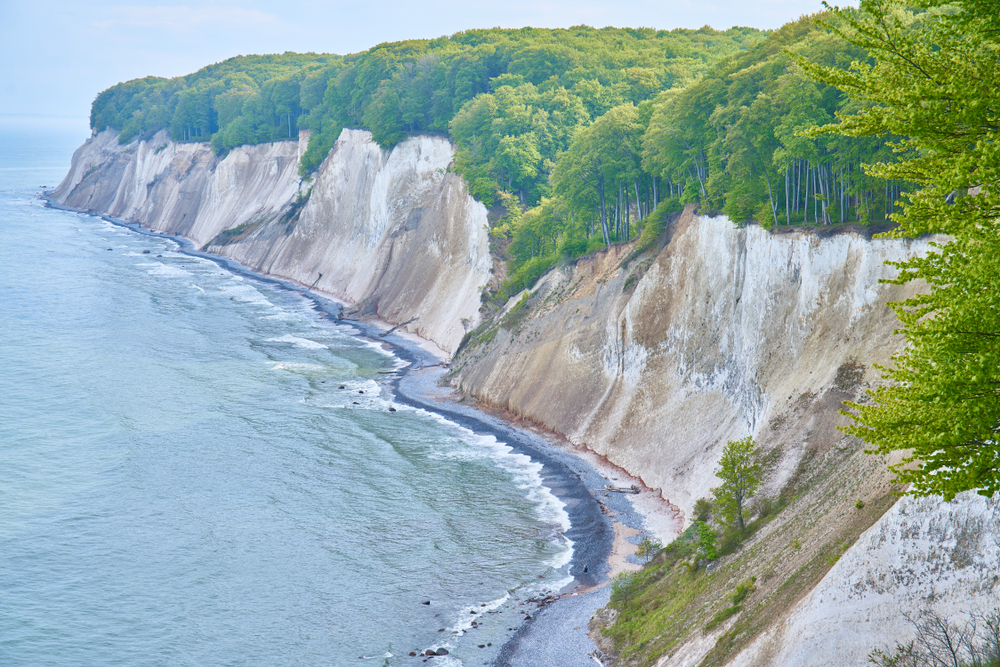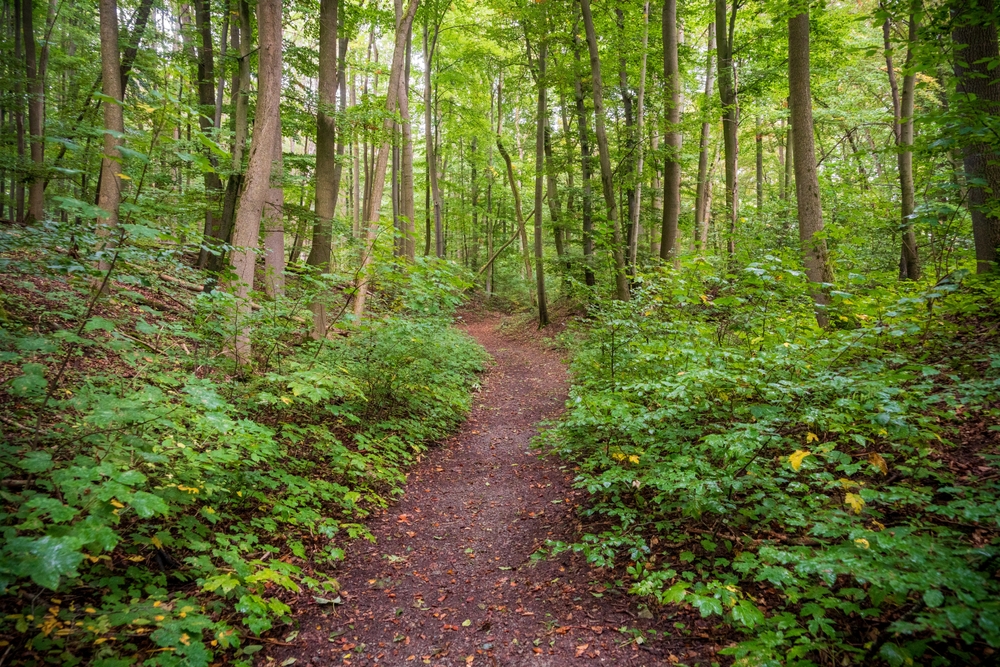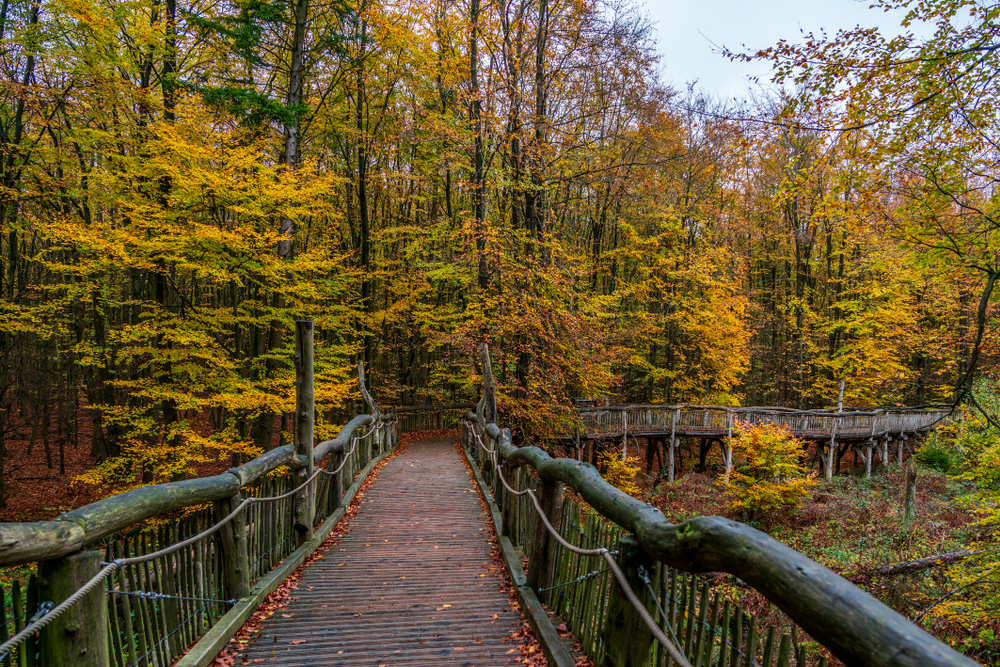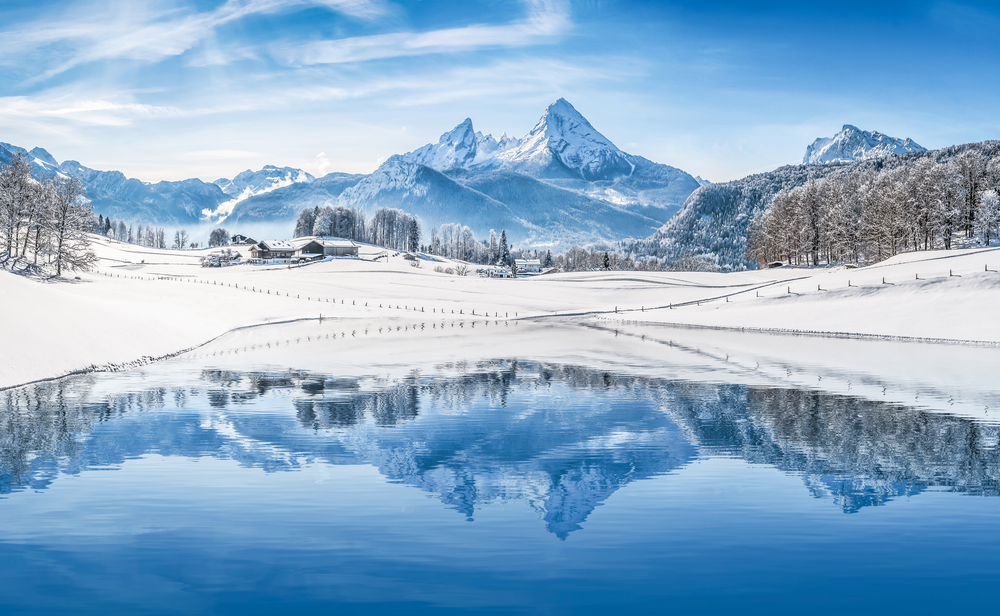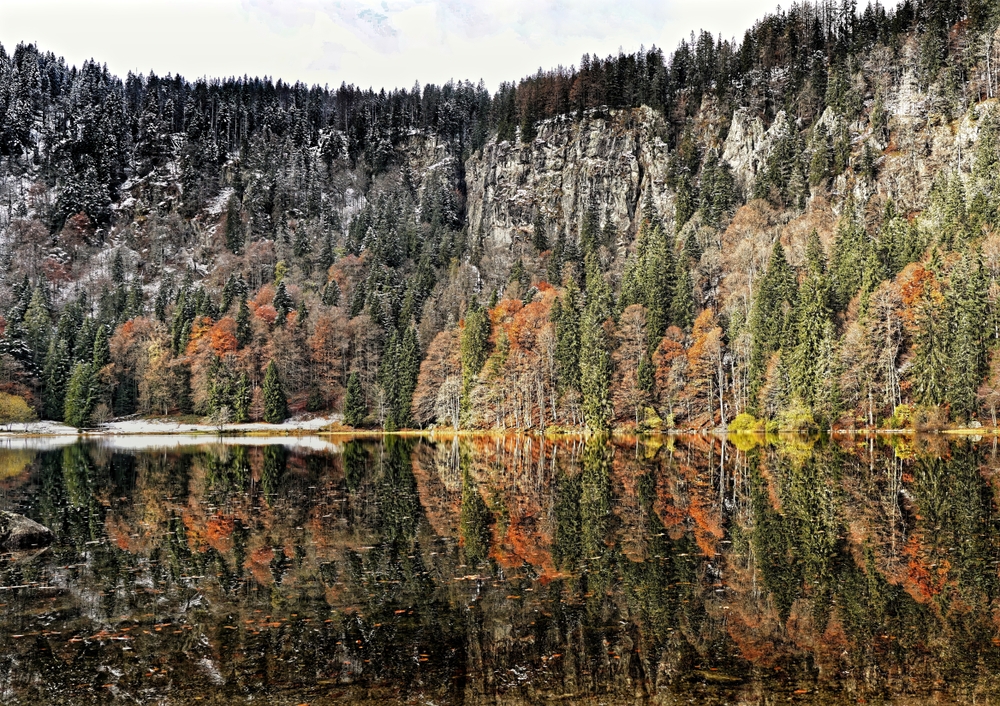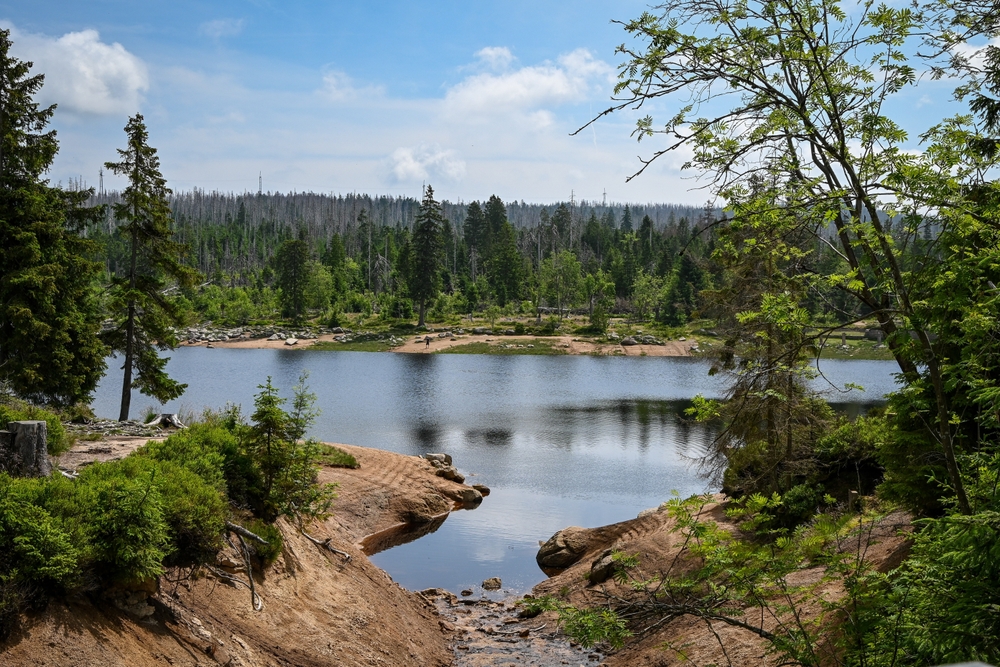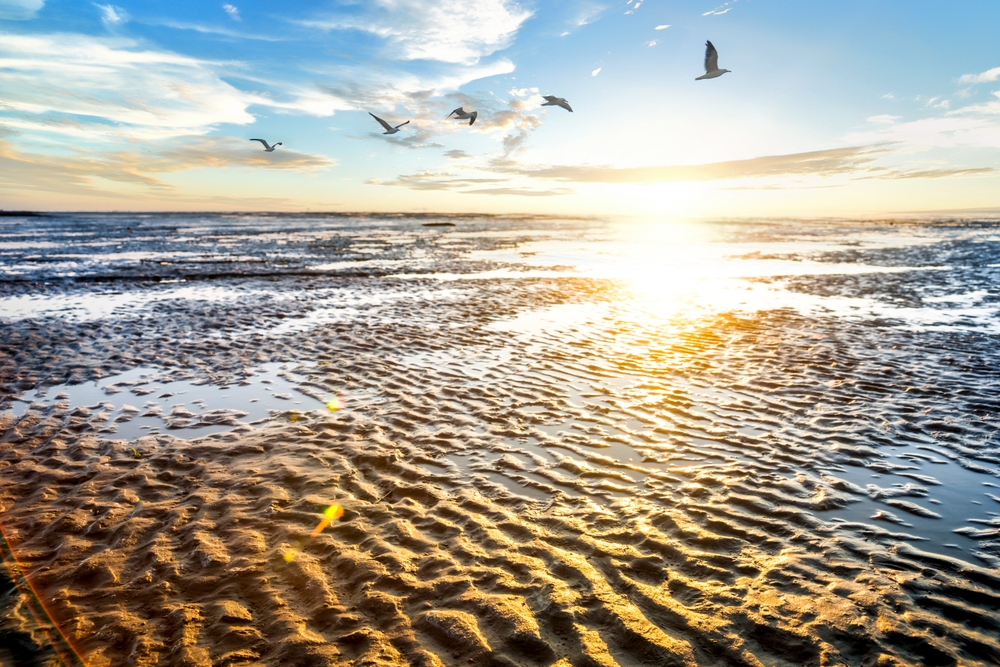Jasmund Overview
Jasmund National Park, or Nationalpark Jasmund in German, is a remarkable protected area located on the Jasmund Peninsula in northeastern Germany, within the state of Mecklenburg-Western Pomerania. It is the smallest national park in Germany, covering an area of approximately 12 square miles (30 square kilometers).
Despite its relatively small size, the park is renowned for its striking chalk cliffs, lush beech forests, and breathtaking coastal scenery along the Baltic Sea. The most famous feature of the park is the Königsstuhl, or “King’s Chair,” a towering chalk cliff that rises about 387 feet (118 meters) above the sea.
The cliffs, which have inspired poets and artists such as Caspar David Friedrich, offer panoramic views of the sea and surrounding landscapes. The terrain of Jasmund National Park is characterized by its dramatic white chalk formations, rolling hills, and dense ancient beech forests, which are part of the UNESCO World Heritage-listed Ancient and Primeval Beech Forests of the Carpathians and Other Regions of Europe.
The chalk cliffs were formed millions of years ago from the skeletal remains of marine organisms, and their brilliant white appearance contrasts beautifully with the surrounding greenery and deep blue waters of the Baltic Sea. The park is also home to small lakes, moors, and wetlands, adding to its ecological diversity. The beech forests in the park are among the last of their kind in northern Germany, providing a glimpse into Europe’s prehistoric woodland landscapes.
Jasmund National Park supports a variety of wildlife, particularly bird species that thrive along the coastal cliffs and within the forested interior. White-tailed eagles, one of Europe’s largest birds of prey, are often spotted soaring above the cliffs, while peregrine falcons nest along the rocky ledges.
Other notable bird species include black woodpeckers, Eurasian eagle-owls, and common ravens. The park’s forests and wetlands also provide a habitat for red deer, wild boar, and raccoon dogs. Additionally, the Baltic Sea’s waters near the park are home to grey seals and harbor porpoises, which can occasionally be seen from the cliffs or along the shoreline.
A major attraction of Jasmund National Park is the Königsstuhl National Park Centre, which provides visitors with interactive exhibits about the park’s geology, flora, fauna, and conservation efforts. The park’s network of well-maintained hiking trails allows visitors to explore its stunning landscapes, with the Hochuferweg, or High Shore Trail, being one of the most popular routes.
This trail stretches along the cliff edge, offering spectacular views of the sea and forests while passing through some of the most scenic sections of the park. Cycling is also a favored way to experience the park, with designated paths winding through the woodlands and coastal areas. In addition to hiking and cycling, guided nature tours are available to provide deeper insights into the park’s unique ecosystem and history.
Jasmund National Park faces several conservation challenges, including erosion of the chalk cliffs due to natural weathering and human impact. Rising sea levels and increasing storm activity have accelerated the rate of coastal erosion in recent years, leading to concerns about the long-term stability of the cliffs.
Efforts to balance conservation with tourism management have been crucial in maintaining the park’s ecological integrity. Protective measures, including designated viewing platforms and restricted access to fragile areas, help to minimize human impact.
The inclusion of the park’s beech forests in the UNESCO World Heritage list has also contributed to conservation awareness and funding for ecological preservation. Overall, Jasmund National Park stands as a testament to the beauty of Germany’s coastal landscapes and the importance of preserving natural heritage for future generations.








































































